How are properties attractive to termites?
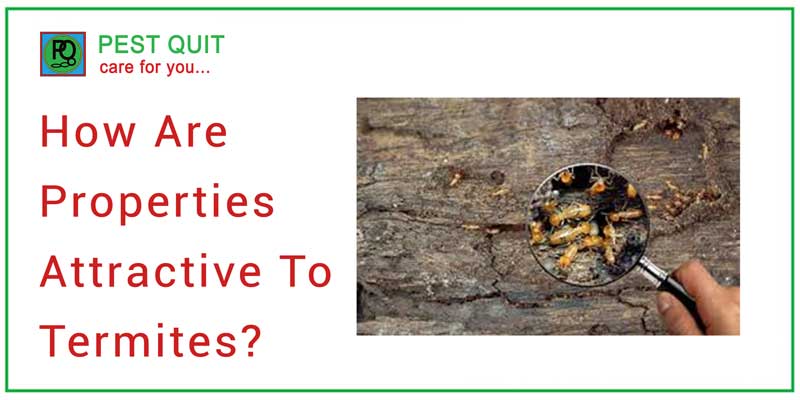
How are properties attractive to termites?
Discovering termites on your premises is a serious matter, considering the rapid and substantial destruction these pests can unleash. Yet, detecting a termite presence is no simple feat, given their adeptness at concealing themselves.
Hence, it becomes imperative to eliminate factors that entice these bothersome creatures to your property.
Older properties are particularly vulnerable to the havoc termites can wreak, often necessitating ongoing inspection and treatment.
Engaging a professional commercial pest control company is strongly advised for effective termite control, prevention, and thorough inspection.
4 Ideal Conditions for Termite Infestation
Mitigating termite infestations necessitates implementing preventive protocols and conducting routine inspections to monitor termite activities.
Please examine the enumerated favorable conditions provided below to ascertain if any of these circumstances are pertinent to your business.
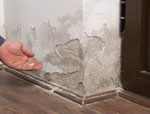
- Moisture: Subterranean termites flourish in environments characterized by elevated moisture levels. Should your business incorporate outdoor lawn sprinklers, there exists a high probability that the periphery of your edifice will be consistently dampened. The direct contact between the sprinkler water and your building’s walls not only poses a threat of direct structural impairment but also serves as a crucial source of moisture indispensable for the sustenance of termites. Moreover, this inadvertent exposure will further expedite the proliferation of wood-decay fungi.
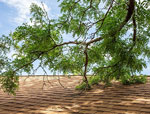
- Landscaping: Numerous commercial edifices boast expansive landscaping featuring various elements like shrubbery, grass, and wooden mulch that directly interface with the property’s exterior. Regrettably, these components serve as a veritable feast for termites, granting them unhindered access points to infiltrate the building effortlessly. Moreover, the presence of tree branches in close proximity to the structure or those overhanging it, alongside tree stumps and accumulations of firewood nearby, further fosters these harbors for termite infestation.

- Insulation: Foam insulation stands as a paramount energy-saving enhancement for building structures. Nevertheless, when placed directly against soil or in close adjacency to it, it inadvertently opens a gateway for termites to infiltrate the edifice. The penetrable nature of insulation boards becomes a vulnerable pathway for these voracious pests to tunnel through and wreak havoc. Moreover, these boards have a propensity to retain moisture, a crucial element for termite sustenance and flourishing, as previously highlighted.
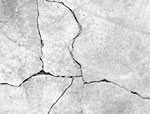
- Cracks in concrete: Over the course of time, the structural expansion and settling of buildings can lead to the development of fissures within concrete surfaces. While these may appear inconspicuously minute, the presence of cracks in concrete slabs can render your edifice susceptible to potential infestations. Remarkably, termites require a mere 1/55th of an inch to breach the slab’s barrier and infiltrate the interior of the building.
Rich cellulose source present in our surroundings
Termites exhibit a strong affinity towards sources rich in cellulose, especially wood.
Nonetheless, certain types of termites display a preference for moist, softer wood or reside in the soil adjacent to your home’s foundation.
Hence, it’s prudent to ensure that your residence is devoid of persistent moisture or stagnant water problems in areas such as basements, crawl spaces, or other ground-level areas that might not be readily accessible or frequently visited.

- Tree stumps: Tree stumps represent an optimal breeding ground for termites to initiate an infestation on your premises. These remnants of trees serve as decaying wood, prone to softening and moisture buildup, akin to a beckoning invitation for termites. Allowing termites to proliferate within tree stumps and similar deceased wood on your property could inevitably lead to their intrusion into your residence.
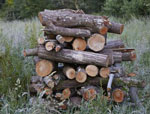
- Outdoor wood storage: Numerous individuals who gather and utilize firewood for home heating prefer to store their woodpiles in close proximity to their residences, sheltered from the elements. While this arrangement offers convenience and safeguards the firewood, it also presents an opportunity for termites to thrive within these stacks. Consequently, this could serve as a possible gateway for termites to infiltrate your home. The optimal approach involves situating woodpiles at a distance from the primary walls of your residence and elevating them to prevent access by termites.

- Mulch: Mulch, a valuable asset in gardening, enriches soil and aids plant growth. However, its dense composition of dry, deceased wood can inadvertently attract termites, creating an unintended feast for these pests. Regrettably, numerous individuals overlook the critical practice of placing a protective barrier between their homes’ foundations and the mulch itself. When mulch directly contacts the foundation, it becomes a gateway for termites. Once these pests infiltrate the mulch, they effortlessly exploit any cracks or crevices in the foundation and walls, initiating an infestation within the very structure of your home.
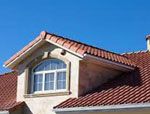
- Roof problems: The architectural apex of a house, the roof, presents numerous gateways for termites to infiltrate your sanctuary. The adjacency of low-hanging branches that make contact with the roof serves as a conduit for these unwanted guests. Likewise, obstructed gutters that impede proper drainage become an inviting haven for termites. These strategic vantage points become launching pads for termites to swiftly breach a roof’s defenses, thereby initiating an infestation that can spread throughout the entirety of a home.
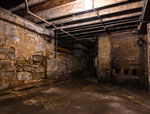
- Basement problems: Numerous residences perched atop crawl spaces or featuring unfinished basements or cellars often fall prey to termite invasions. These specific locations are renowned for retaining moisture, rendering wooden structural supports exposed and susceptible to infestation. Should a termite colony infiltrate beneath your dwelling through these avenues, the potential for substantial structural damage looms large.
Conclusion:
Safeguarding your business against termite infestations is crucial for upholding a safe and healthy work environment. Pest Quit’s Termite Control stands out as one of the finest termite control service providers in India, providing expert solutions to shield your commercial property from termite damage.
Professional pest control is the only choice for serious pest problems. Experts at Pest Quit will help you determine the best plan of action for safely eliminating the pests.
Looking for Effective Pest Control Services in your city?
Then you are in the right place.

Related Posts
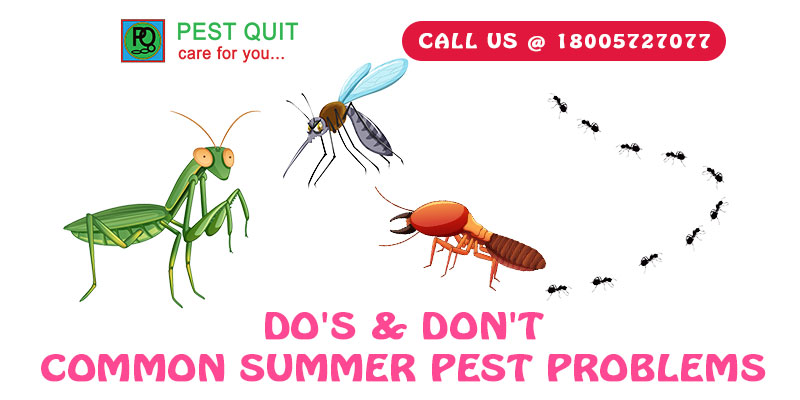
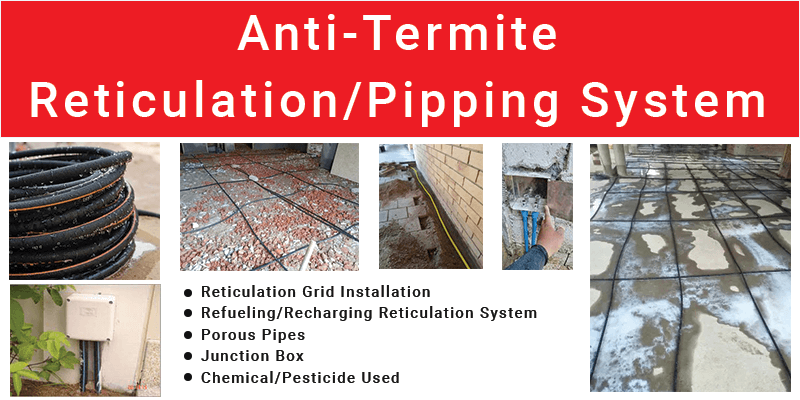
Anti-Termite Reticulation System
Anti-Termite Reticulation System The termite reticulation system, also known as the pipe reticulation system or…
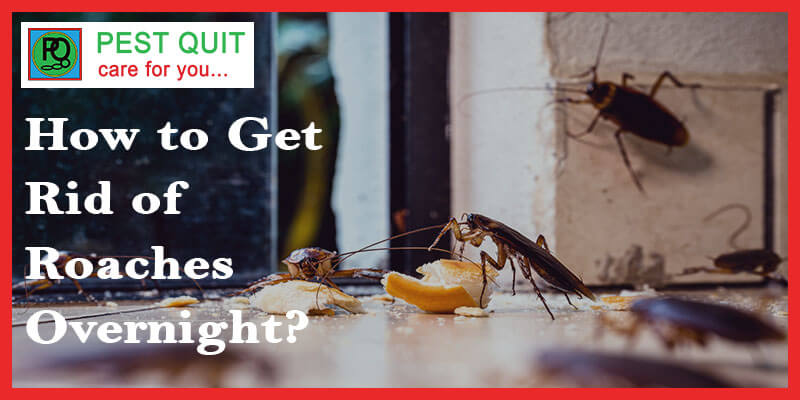
How To Get Rid of Roaches Overnight: 10 Professional Tips and Tricks
Cockroach Infestation & Problems To effectively get rid of roaches overnight, you need to understand…

